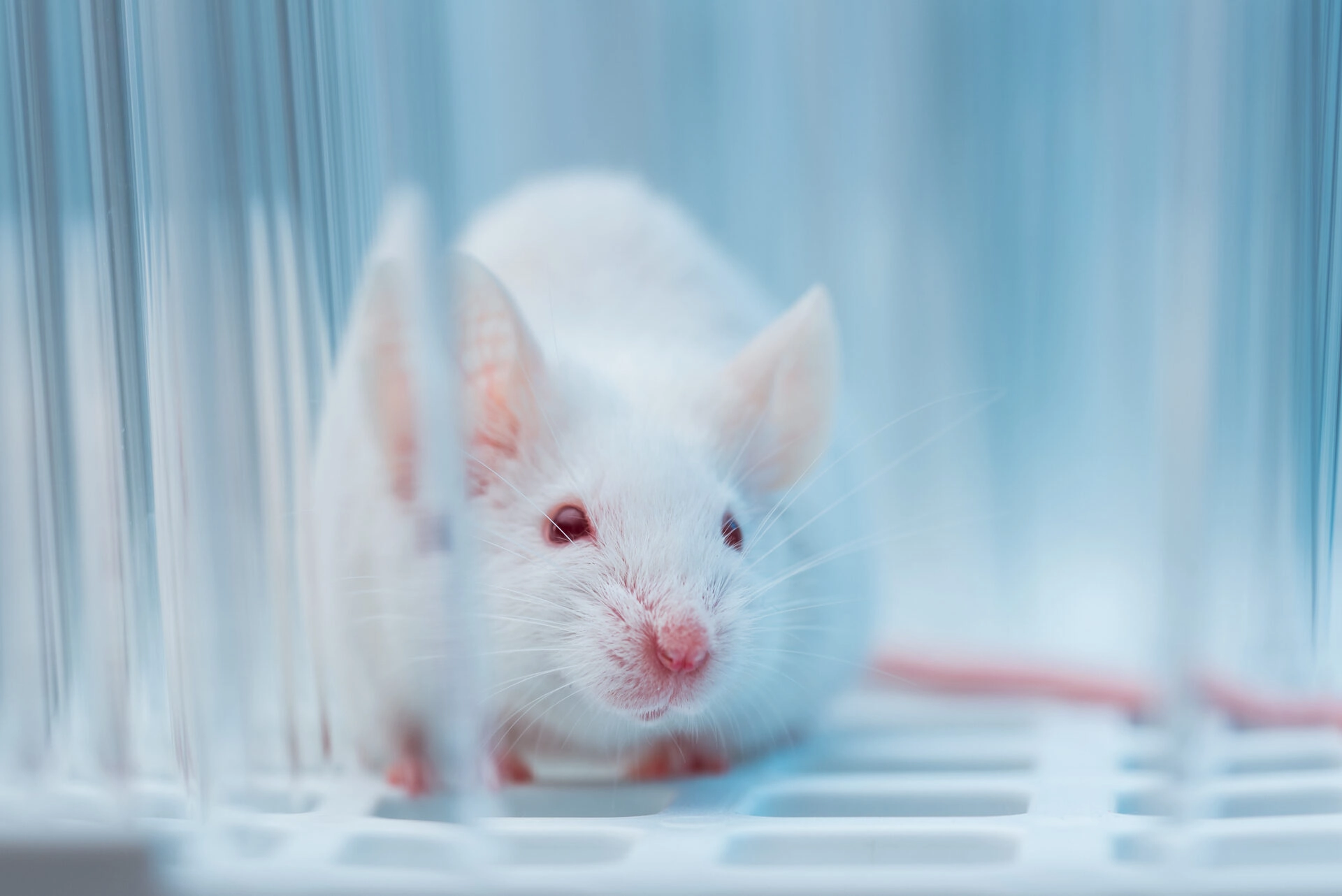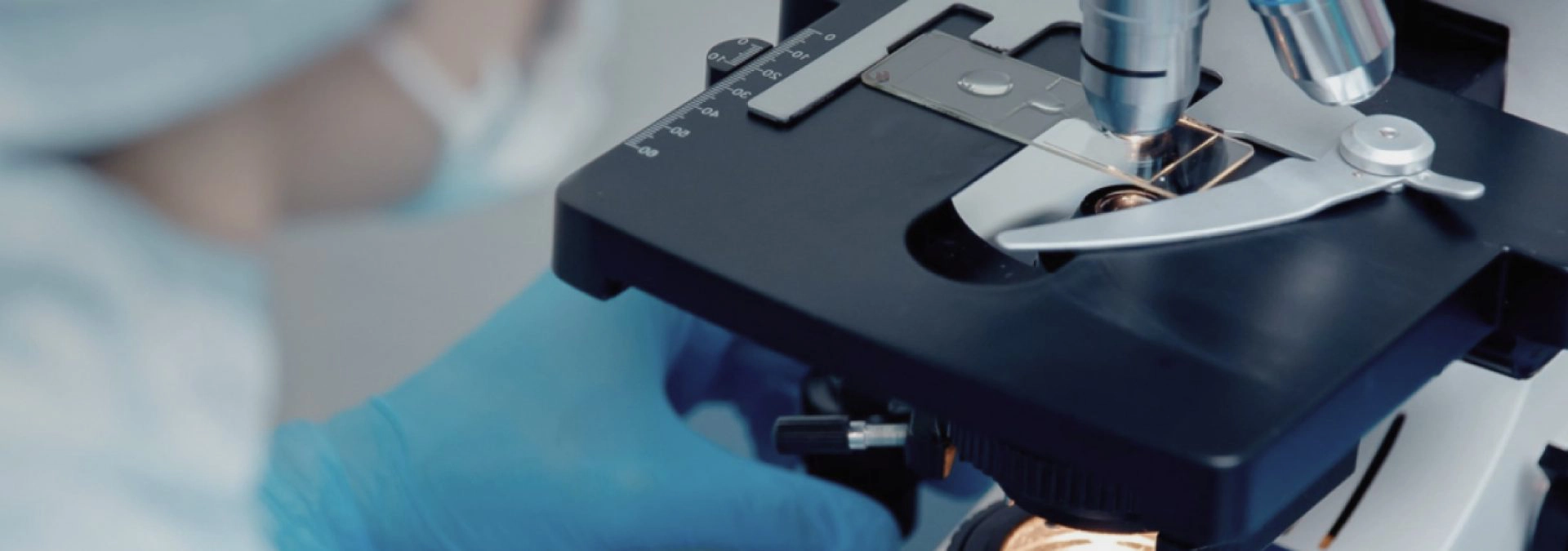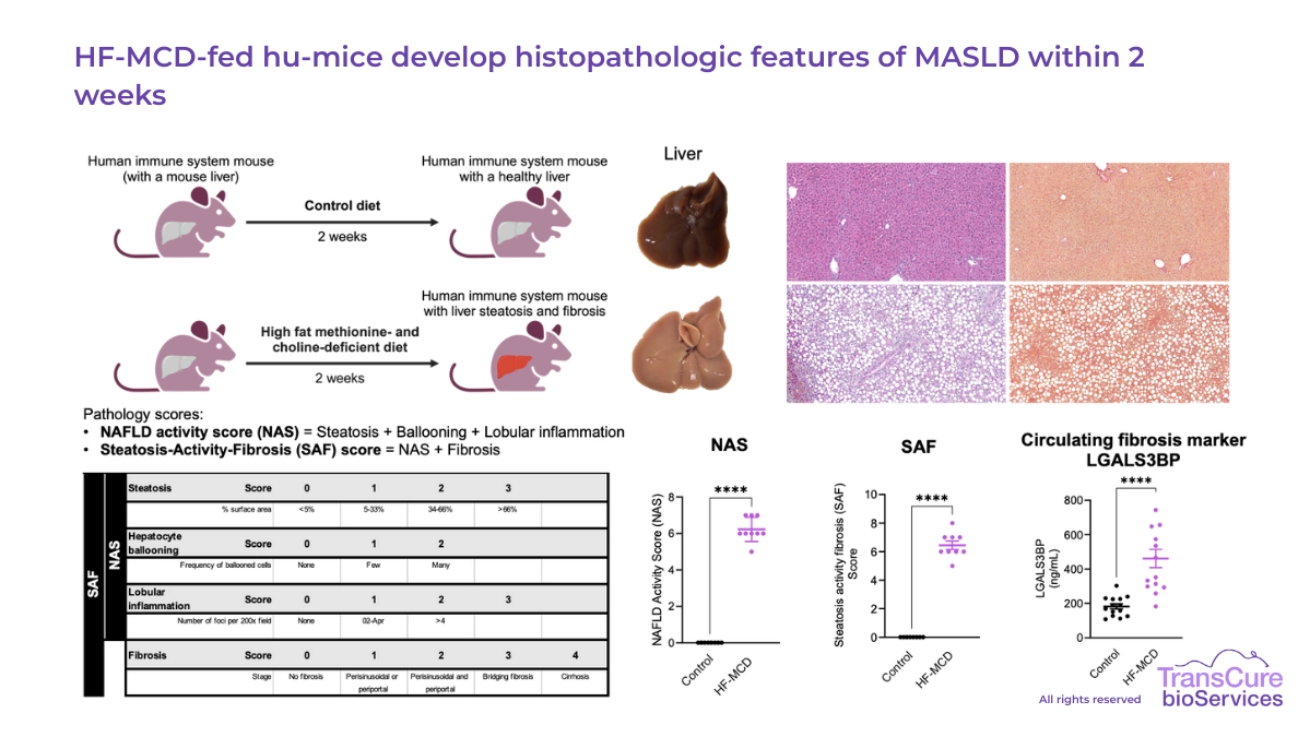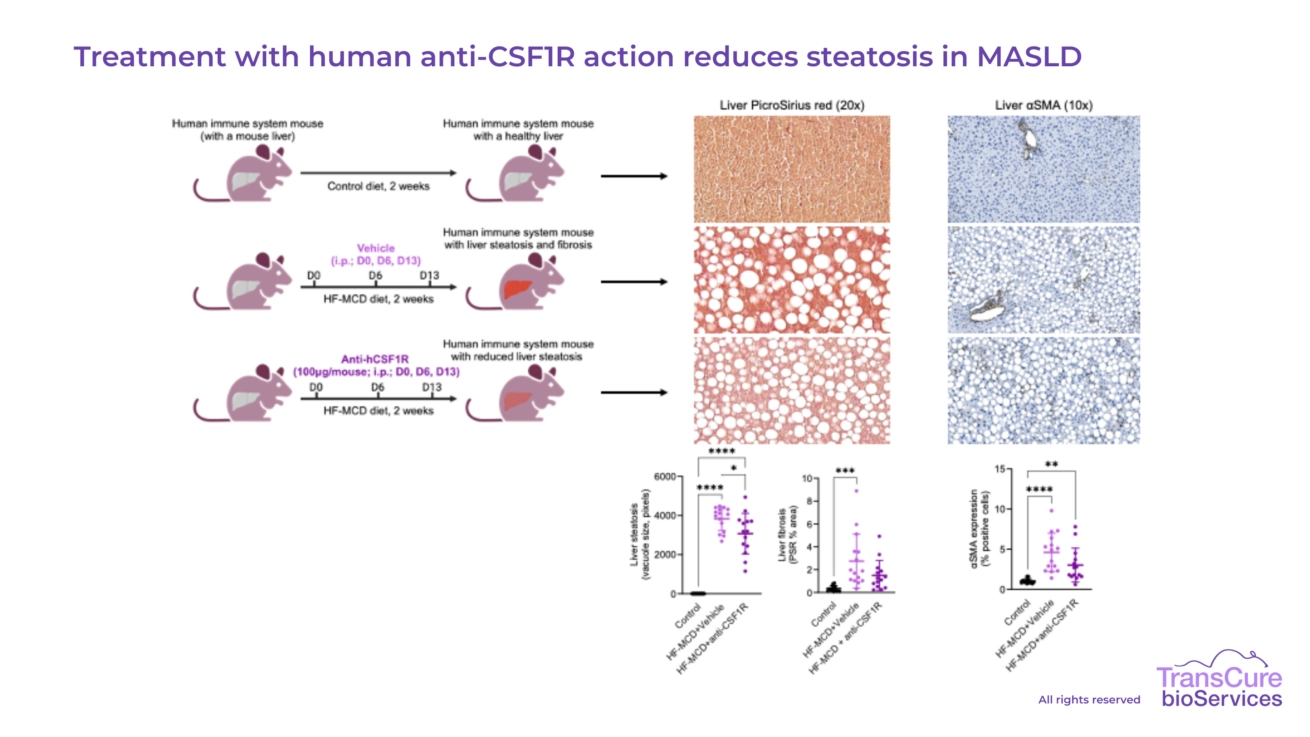
Metabolic dysfunction-associated steatohepatitis (MASH) is a progressive liver disease characterized by fat accumulation, inflammation, and fibrosis, often linked to obesity and insulin resistance. It is a major cause of chronic liver disease worldwide and can progress to cirrhosis or hepatocellular carcinoma, with limited therapeutic options currently available.
TransCure bioServices offers MASH models in humanized liver mice, where mice engrafted with human hepatocytes are fed a specialized diet to induce steatosis and inflammation. This model enables the study of lipid metabolism, fibrosis, hepatocyte injury, and the evaluation of human-specific drug metabolism. We also provide MASH models in humanized immune system, or in double humanized mice (liver + immune system), enabling the investigation of the crosstalk between human immune cells and liver tissue.
Main characteristics
-
NASH model
In the humanized liver mouse model, MASH is induced by feeding mice a Western Diet for 12 weeks, leading to hepatic steatosis, inflammation, and fibrosis. Key readouts include collagen deposition (via histology), hepatic lipid content, and liver function biomarkers such as ALT, AST, and cholesterol levels, providing a clinically relevant assessment of disease progression and treatment efficacy.
-
Inflammatory Disease: MASH model
In the humanized immune system mouse model, MASH is induced through a Western Diet over 12 weeks, triggering metabolic dysfunction and liver inflammation. This setup allows the evaluation of human immune cell involvement in disease progression. Key readouts include immune cell infiltration in the liver, assessed by flow cytometry and immunohistochemistry (IHC), along with standard markers of liver damage such as ALT and histological inflammation scores, offering insights into immune-metabolic interactions relevant to human disease.
-
Inflammatory Disease: MASH model
In the double humanized mouse model, combining both a humanized liver and a human immune system, MASH can be induced using a Western Diet or HF-MCD diet, offering a highly translational platform to study the complex interplay between metabolic dysfunction and immune-driven liver inflammation. This model closely mimics human disease pathology, including hepatic steatosis, immune cell infiltration, and fibrotic progression. Key readouts include collagen deposition, lipid accumulation, liver enzyme levels (ALT, AST, cholesterol), and detailed analysis of human immune cell infiltration by flow cytometry and immunohistochemistry. The dual humanization allows for the evaluation of immune-metabolic interactions and the combined efficacy and safety of therapies targeting both hepatocytes and immune components, making it an ideal model for advanced MASH drug development.
-
MASH Induction
MASH can be induced in humanized liver, humanized immune system, or double humanized mice using either a Western Diet (WD) over 12 weeks or a high-fat, methionine- and choline-deficient (HF-MCD) diet for accelerated disease onset. These dietary regimens mimic key features of human MASH, including steatosis, inflammation, and early fibrosis. To further enhance the fibrotic component and better reflect advanced stages of the disease, low-dose bleomycin can be administered to promote liver fibrosis, resulting in a more comprehensive model of immune-metabolic liver injury.
-
Readouts
Depending on the model used, key readouts include collagen deposition (Picosirius Red), lipid accumulation, liver function biomarkers (ALT, AST, cholesterol), and immune cell infiltration, which can be analyzed by flow cytometry and immunohistochemistry. This flexible and physiologically relevant platform supports the evaluation of both metabolic and immune-targeting therapies in a human-specific context.
Applications
The right mouse model for your research experimentation
-
CD34+ humanized Immune System Mouse Model
In this model, mice are reconstituted with a fully functional human immune system and engrafted with human CDX or PDX tumors, providing a highly relevant platform to evaluate the contribution of the human immune system in anti-tumor responses. It is particularly well-suited for testing therapies targeting human-specific molecules that do not cross-react with murine counterparts, ensuring translational relevance and mechanistic insight.
See the mouse model -
Conventional Mouse Model
Run robust and cost-effective preclinical studies in C57BL/6 or BALB/c mice. Ideal for early-stage research in oncology and inflammation offering reliable results within a functional murine immune system.
See the mouse model -
Double Humanized Mouse Model
Combine a full human immune system with a chimeric human liver in the same mouse.
See the mouse model
Contact us to have more information about a mouse model
Contact usKnow everything about the MASH Model
-
Do your models contain human Kupffer cells?
Yes, our models support the presence of human Kupffer-like cells, particularly in humanized liver and double humanized mouse models. These liver-resident macrophages play a critical role in immune surveillance, inflammation, and liver homeostasis. Their presence enhances the physiological relevance of the model, enabling more accurate evaluation of immune–liver interactions, especially in studies involving hepatotoxicity, infectious diseases, and liver inflammation.
You have more questions ?
If you have further questions or would like to discuss how our MASH models can be tailored to your specific research needs, our scientific team is here to help. We’re committed to providing clear, responsive support and working closely with you to design studies that align with your objectives. Don’t hesitate to reach out—we’re always happy to share our expertise and explore solutions together.
Contact us



